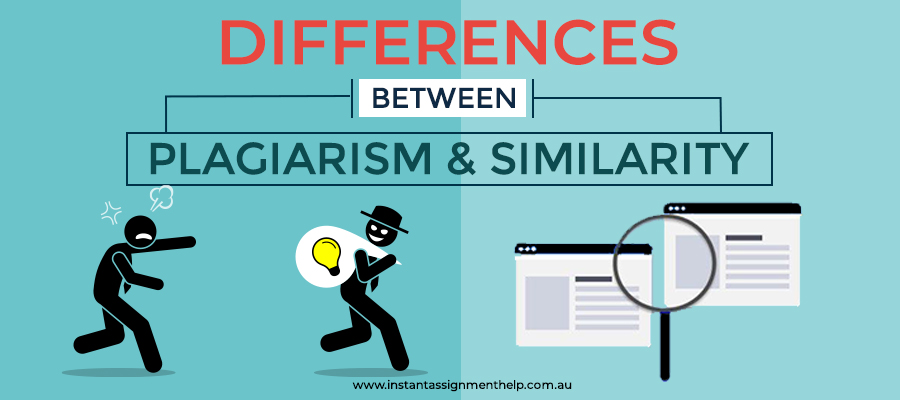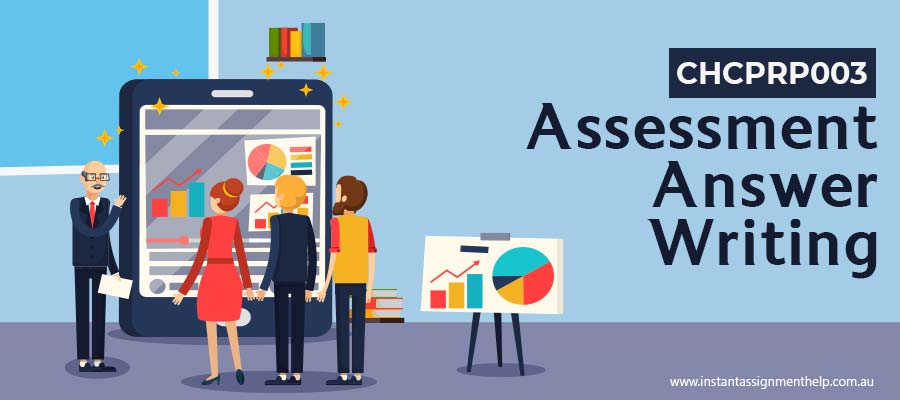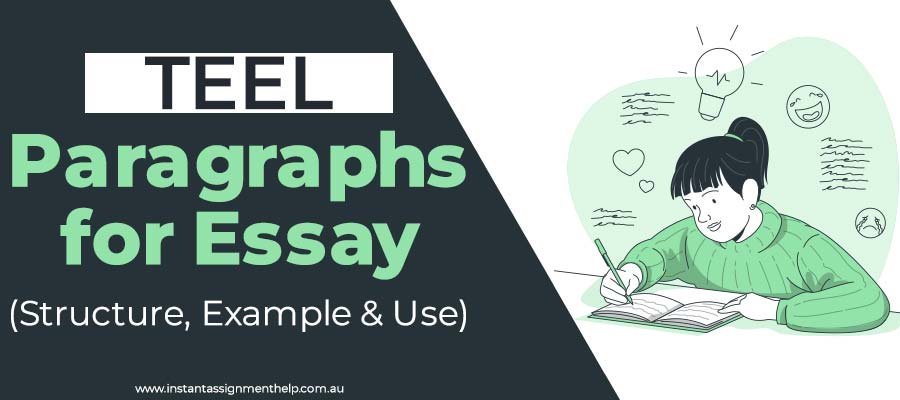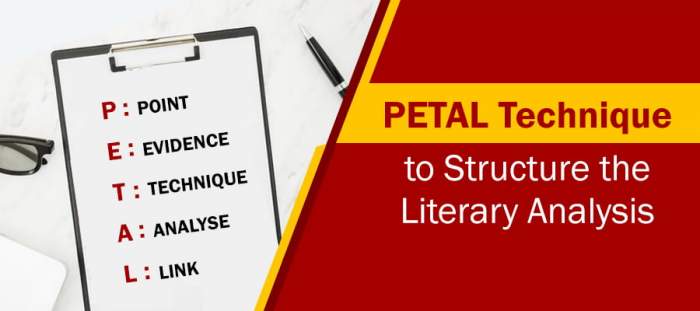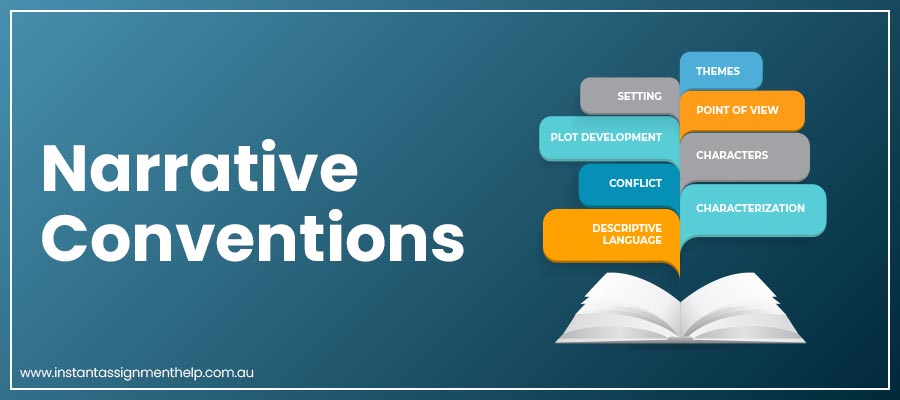Table Of Contents
“The essay is a literary device for saying almost everything about anything” - Aldous Huxley-
This quote reveals the secret recipe of writing an A+ Grade worthy English essay, that is:
‘Using the right literary device in the right format of essay.’
A language student may be very well aware of various literary devices that can help him with writing an impressive essay. What really calls forth attention is to understand two major aspects of using these devices while writing an essay. These two aspects are:
- Understanding the theme and format in which you want to write an essay.
- Using the literary devices that will best fit your essay format.
To help you master the art of writing a winsome essay, our English essay writing experts have given a quick overview on both of these aspects.
So, why wait anymore? Let the learning begin.
Narrative Essay: The Art of Telling a Story
“If a story is in you it has to come out.” -William Faulkner
By using narrative essay as the format of your essay, you will be able to achieve the above mentioned goal. It not only allows you to share a real-life story, but it also allows writing in first person format, making it more engaging and relatable to the readers.
Here are some techniques that will beautify your piece of writing-
1. Imagery: This literary device calls forth the ability of the writer to bring the objects, actions, and ideas to physical senses by using figurative language. It aids in readers’ imaginations to visualize the characters, scenes, and information in the literary piece clearly.
Examples:
- The wild gusts of cold wind pierced her body.
- Feeling lost in dark and dim forest.
2. Personification: This decorative device brings inanimate things to life by giving an idea or animal and human attributions. It serves the purpose of giving deeper meaning to texts such that it brings inanimate object to life. This enables the readers to understand the nature and actions of objects better.
Examples:
The flowers danced in the beautiful breeze.
The wind whispered through the dry grass.
3. Simile and Metaphors: They are two different literary devices.
Simile - It is used to make comparison such that two different things are shown to have resemblance. It makes use of words ‘like’ or ‘as’. It is used to attract attention and appeal directly to the readers.
Example:
- Our soldiers are as brave as lions.
- Thou are rash as fire.
Metaphor - This device on the other hand makes a hidden comparison between two unrelated things which share few characteristics without using the words ‘like’ or ‘as’. It sharpens the reader’s imagination.
Example:
- But thy eternal summer should not fade.
- We live on a placid island of ignorance.
4. Hyperbole: The word has its roots in the Greek word which means ‘over-casting’. This device calls forth for exaggeration of ideas for the sake of emphasis. It is used to make common human feelings remarkable.
Examples:
- I had to wait in the station for ten days- an eternity.
- Avoid solving a million issues at a time.
Persuasive Essay: The Art of Convincing Readers
“ Words are the easiest way to convince heart.”
If you have a tone that can make your readers agree on your view point, this is the correct format of essay for you to follow. By using this persuasive essay format, you will be able to provide readers with your opinions and give them a sound reasoning on a topic.
Some techniques that will help you persuade your readers effectively-
1. Fallacy: It is a false argument based on an illogical and unsound content. It has various types like-
- Straw Man fallacy,
- Appeal to authority fallacy,
- False dilemma fallacy, etc.
2. Anecdote: Using short and interesting stories to support or demonstrate a point such that it brings humour to the reader.It helps to describe a situation or a point in a way that causes laughter and better understanding.
Example:
- John was sad that he moved to a different city, but thanks to Instagram he was still connected to his family.
3. Idioms: The beauty of this literary device is that you don’t understand its expressions in literal terms. This is so because the phrase is understood to mean something different from what is written. It brings richness and spiciness to the writing which helps the writer convey his ideas in a better way to the readers.
Example:
- To go from rags to riches.
- Not one’s cup of tea.
4. Rhetorical Questions: It is a device that allows you to practice the art of discourse, such that it can please, influence or convince the readers. It primarily aims to use language such that the other person gets persuade with it.
Example:
- Happiness in his power left free to will.
- Why can’t we leave them alone?
Descriptive Essay: The Art of Painting a Picture
“Writing is the painting of the voice.”
In order to bring the artistic side of yours in writing, this is the best essay format for you to follow. Through this, you will be able to communicate deeper meaning by using colorful words and sensory details.
To make you essay descriptive and elaborative, following literary devices can help-
1. Alliteration: It produces a sonorous effect in the essay, making it more engaging to read. The word is derived from the Latin word “Latira” which means “letters of alphabets.” In this stylistic style, number of words having the same first consonant sound, occur close together in series.
Example:
- The furrow followed free.
- From forth the fatal lions of these two foes.
2. Five Senses: It is a prerequisite of descriptive essay that it should be able to appeal all the five senses. It helps in bringing your writing to life and truly immerse your readers into it such that they can hear the sounds, see the acts, smell the nostalgia, feel the effects, taste the things, and activate the readers’ unconscious mind.
Example:
- The shiny tiny pink shells looked like onion peel.
- The smell of the grainy ocean sand took me back to the school days.
3. Onomatopoeia: This device is used to imitate the natural sounds of a thing thus, making the description more interesting and expressive. It conveys an empathetic effect that delivers an idea powerfully to the students.
Example:
- The murmuring of innumerable bees.
- Dropping click of a small rock falling.
Expository Essay: The Art of Presenting the Facts
“Writing is an exploration. You start from nothing and learn as you go.”
It is the act of explaining or making a concept clear to your readers. As a writer, you present a balanced analysis here without making use of any personal emotions.c
By using the below mentioned methods, you will be better able to explain your expository essay topic well. These methods include-
1. Analogy: Here two such things are compared that have at least some common element. It has two parts- one is the explanation and the second is the explainer.
Example:
- Growing up is like learning to ride a bike.
- Sword is to warrior as pen is to writer.
2. Cause and Effect: It implies that you explain your readers why and what are the things that happened (causes) and lead to particular consequences or outcomes (effect).
Example:
- Mindfulness meditation enhances the self-transcendental emotions.
- Globalization has broaden the gap between the rich and the poor.
3. Use Examples: The range of examples can vary widely from a quote to an excerpt.You can use any of it as long as it is relevant and engaging.
Examples:
- Sitting jobs are causing various diseases. To cite, a recent study showed that 8 hours are spent on a computer which causes poor insight in almost 30% of the total UK population.
4. Compare and Contrast: This helps to analyze the differences and similarities between various aspects of the topic. It help us understand a topic in a more meaningful way.
Example:
- As you actively control the quality of the ingredients in home food, the hygiene factor is well intact which is not the case in restaurant food.
Now that you know which particular technique goes best with a particular format of essay that you want to work on, your English essay writing task is surely going to become easy and fun for you.
USD6
-
Topic CreationUSD 3.87
-
OutlineUSD 9.33
-
Unlimited RevisionsUSD 20.67
-
Editing/ProofreadingUSD 28
-
FormattingUSD 8
-
BibliographyUSD 7.33
RECENT BLOGS



